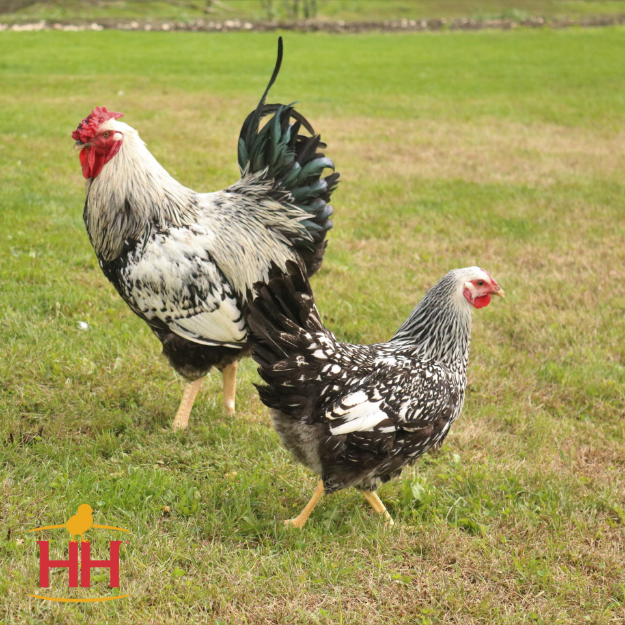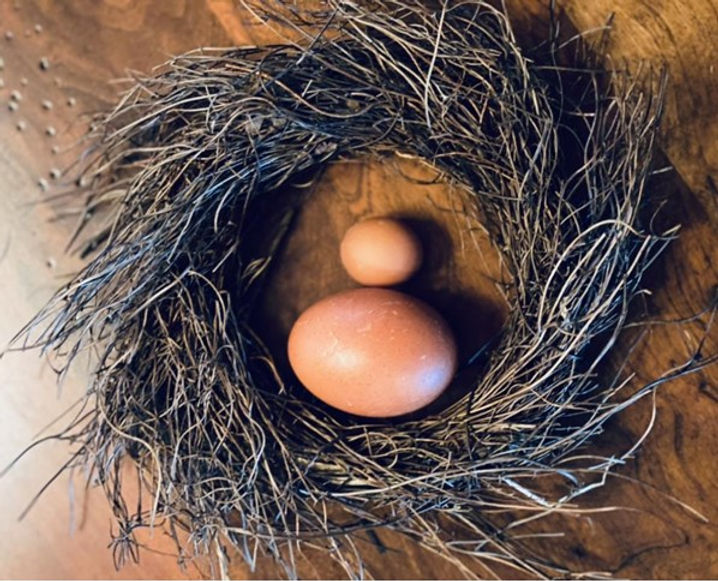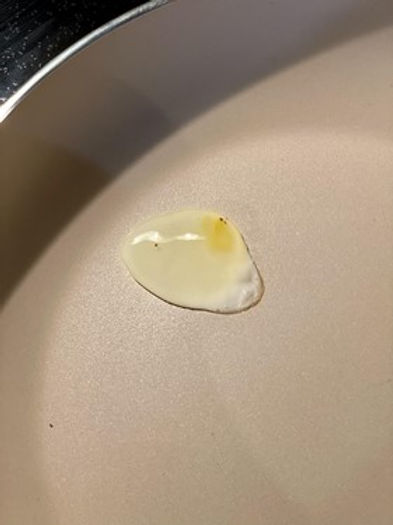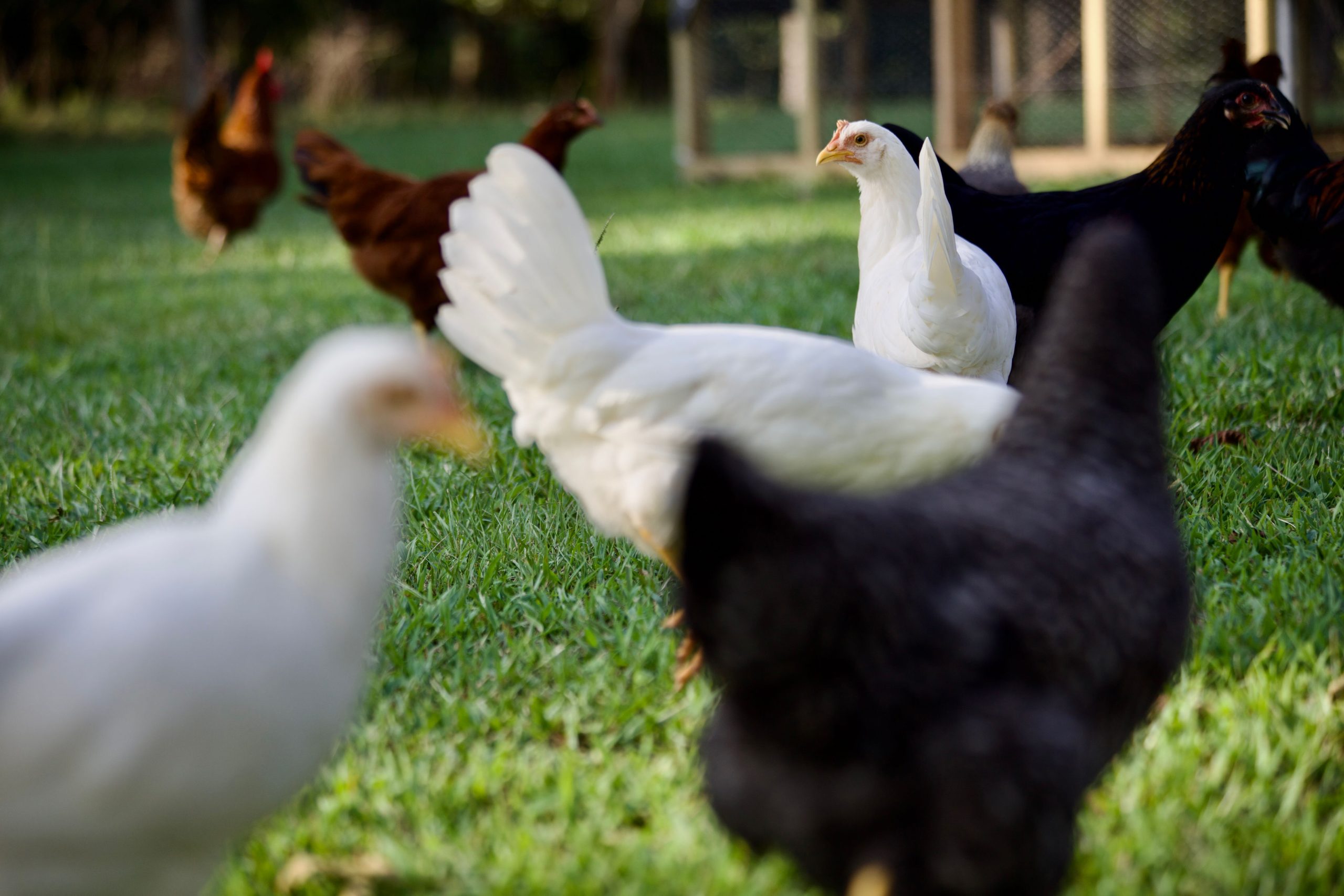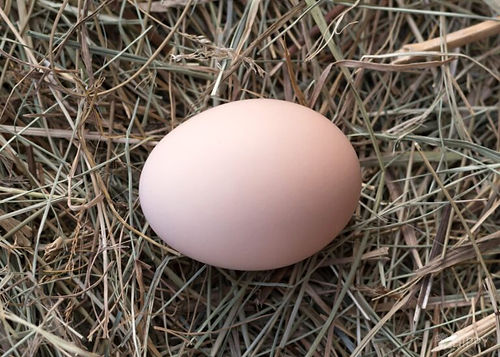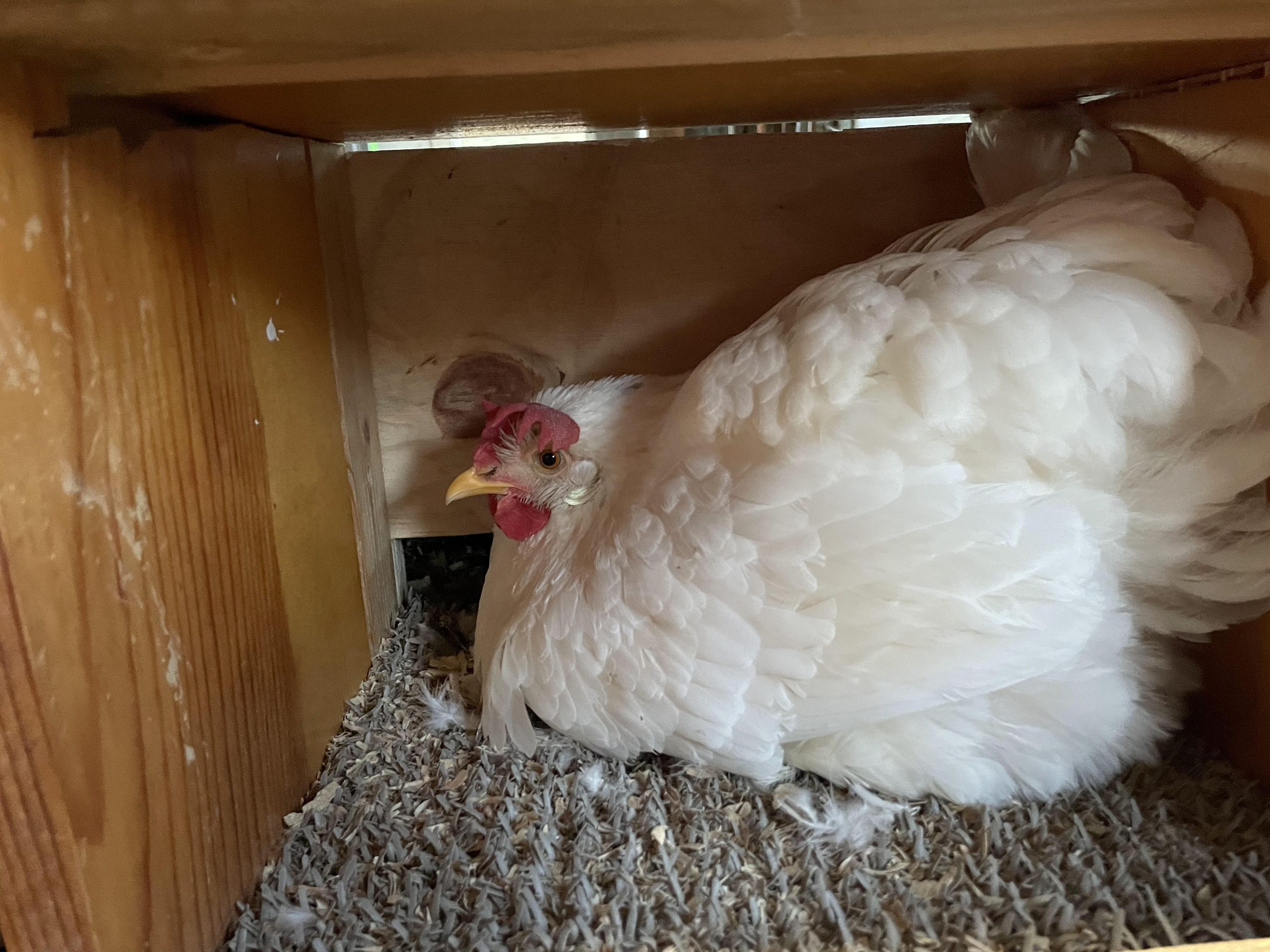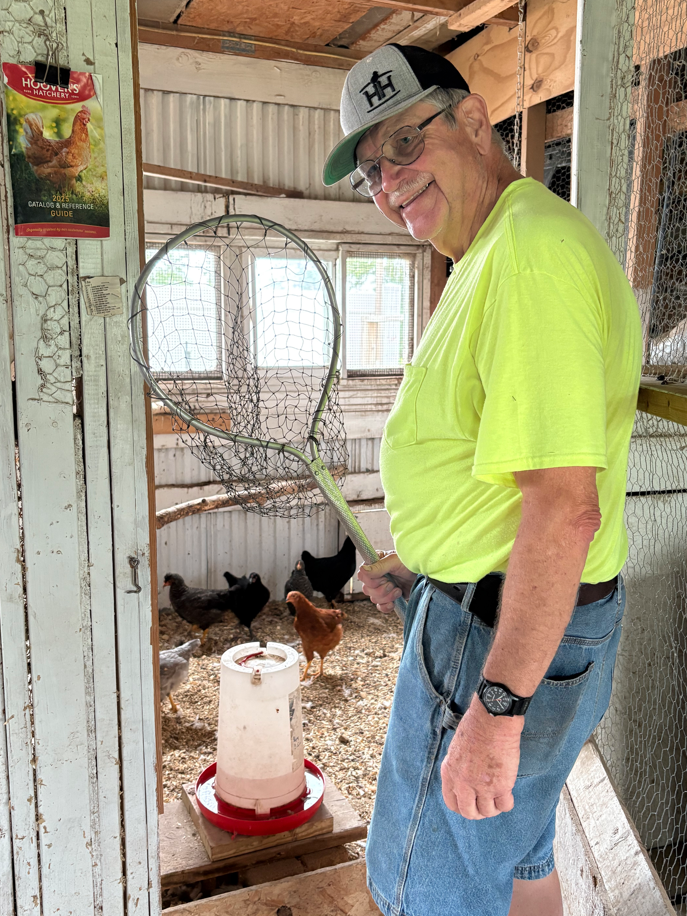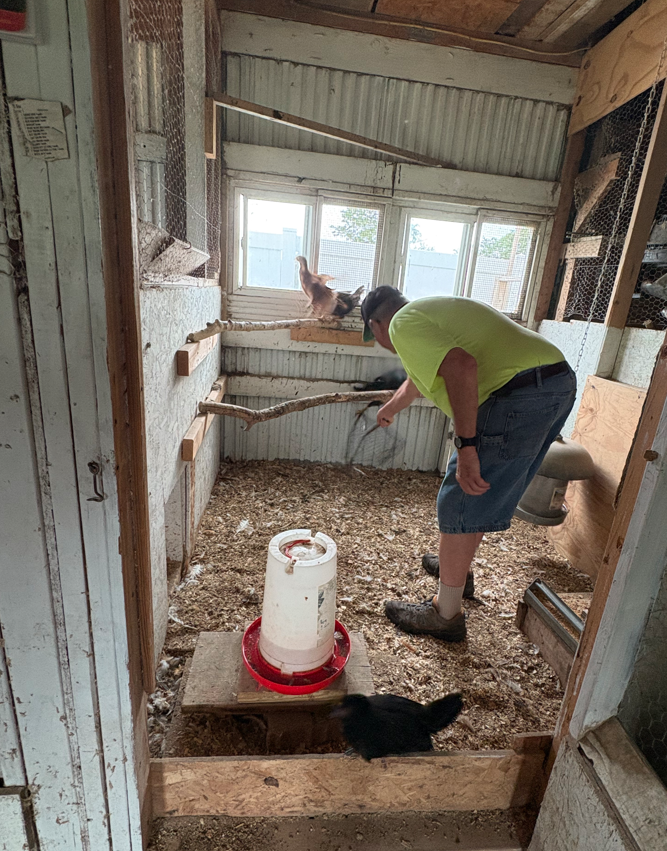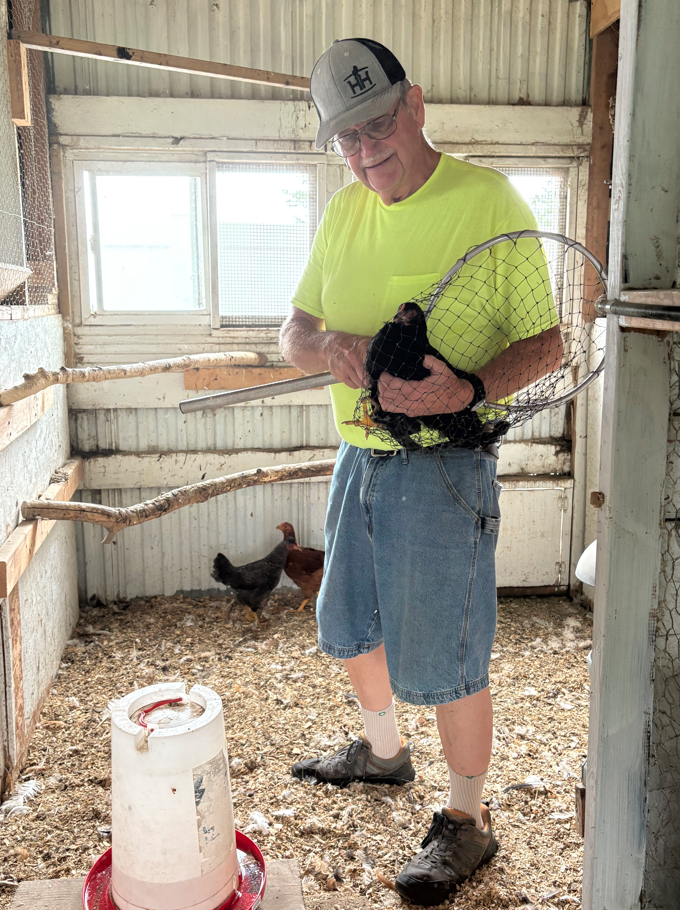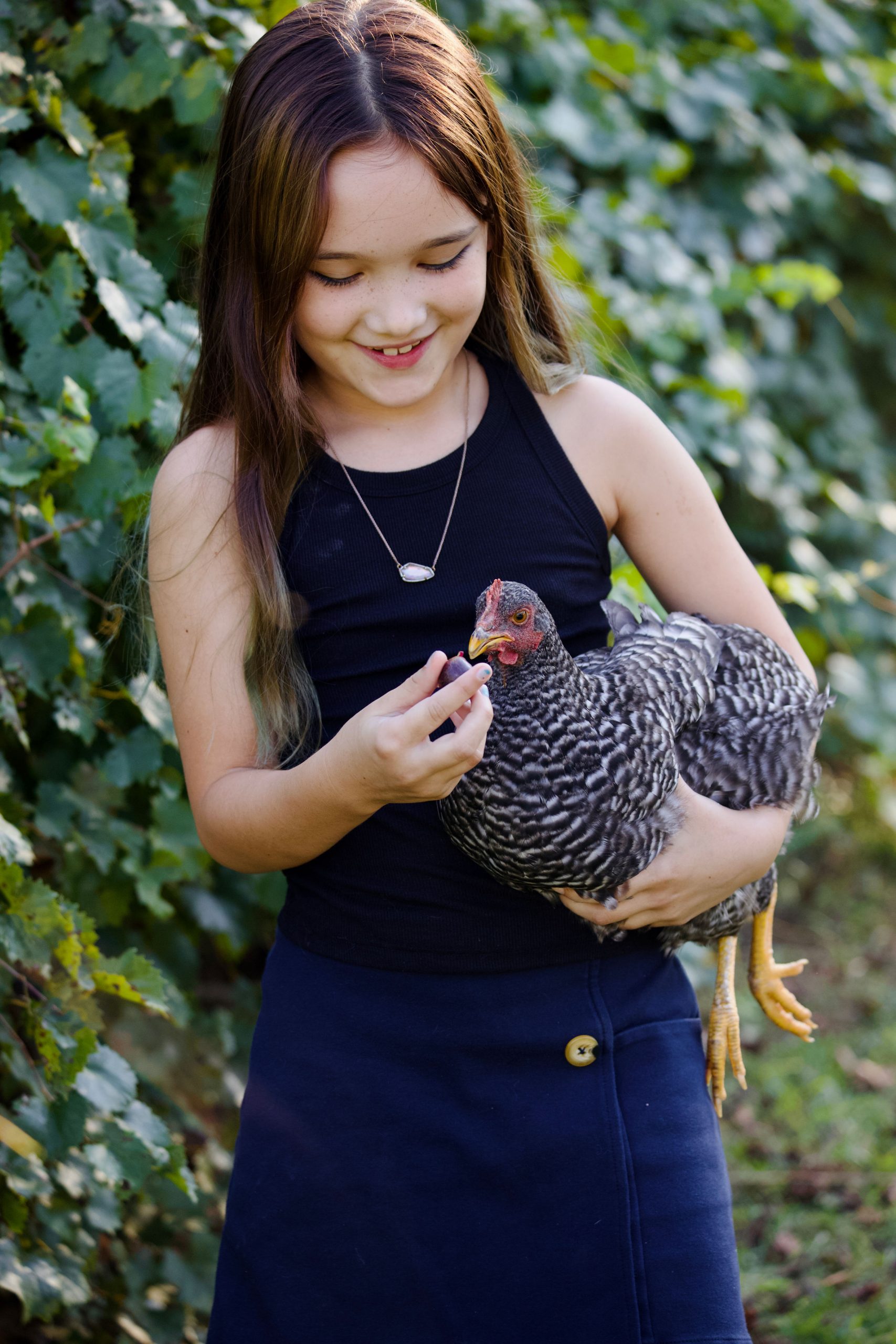What is the Purpose of a Crop in Chickens?

Understanding the crop can help backyard chicken keepers better care for their flock, spot health issues early and keep hens thriving year-round.
What is a Chicken’s Crop?
The crop is an expandable, muscular pouch located at the lower end of the chicken’s esophagus, just before the stomach. Its main job is to act as a temporary storage space for food that’s been swallowed but hasn’t yet moved deeper into the digestive system.
Throughout the day, chickens peck and snack constantly. The crop allows them to gather and store food quickly while they forage. Later, as they rest, the food moves on through their digestive tract at a slower, more efficient pace.
How the Crop Helps Chickens Digest Food
While in the crop, food begins to moisten and soften, making it easier to digest once it reaches the stomach. From there, the process looks like this:
-
Crop – holds food temporarily and softens it.
-
Proventriculus – the stomach where initial digestion begins.
-
Gizzard – where food is ground up with grit or small rocks to aid in digestion.
The crop typically empties overnight as the chicken digests while sleeping. A healthy crop should be flat and empty in the morning.
When Crop Problems Arise
When the crop doesn’t empty properly, chickens can develop health issues:
-
Impacted Crop: Food gets stuck and can’t move through the digestive system, causing discomfort.
-
Sour Crop: The crop becomes stagnant, allowing infection to develop. This can lead to secondary issues like water belly, which may cause organ failure and even death if untreated.
Fun fact: I’ve only ever had one chicken with sour crop, but it was a great reminder of how important daily checks are. Sometimes, these issues happen when a hen picks up something in the yard that can’t pass through her system.
How to Keep a Chicken’s Crop Healthy
Keeping your flock’s crop healthy really comes down to good daily care:
-
Offer a balanced diet with quality feed and grit.
-
Provide clean, fresh water at all times.
-
Watch for signs of crop impaction or sour crop (such as a squishy, full crop in the morning).
-
Maintain a clean coop and foraging area.
A big part of how I’ve kept my flock healthy for years is by adding Chicken E-lixir to their water daily. I’ve used it for over seven years and have had an extremely healthy flock!
Why the Crop Matters
The crop may seem like a small detail, but it plays a huge role in a chicken’s overall health. It allows chickens to eat quickly, digest efficiently and maintain the energy they need for their active lifestyle.
Raising backyard chickens isn’t always easy, but regular health checks, good nutrition, proper hydration and a clean environment go a long way in keeping your birds healthy and happy.
Until next time,
– The Wing Lady
